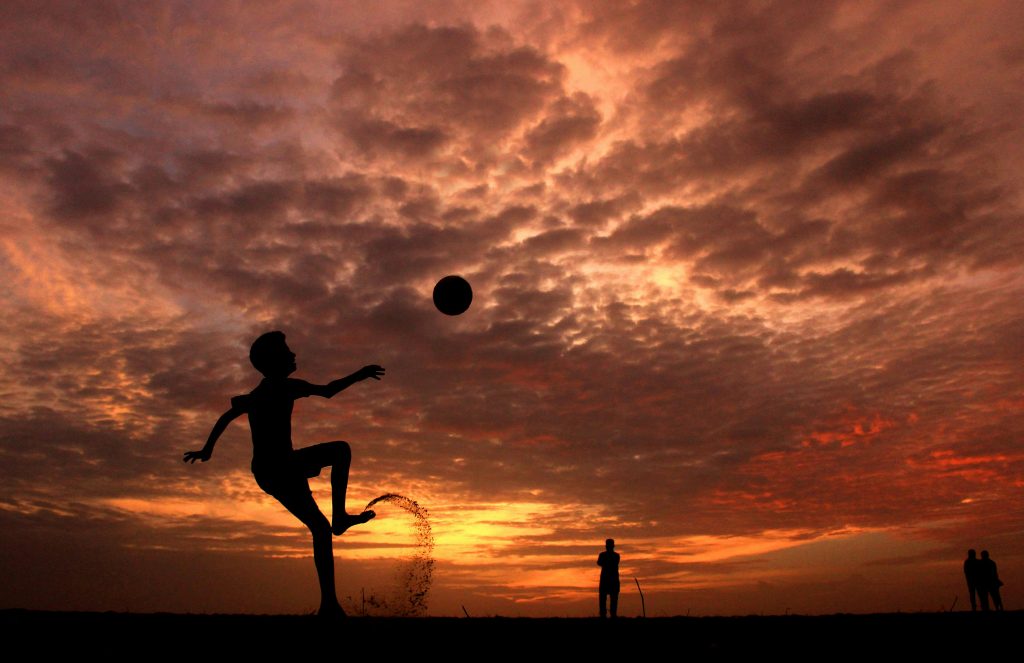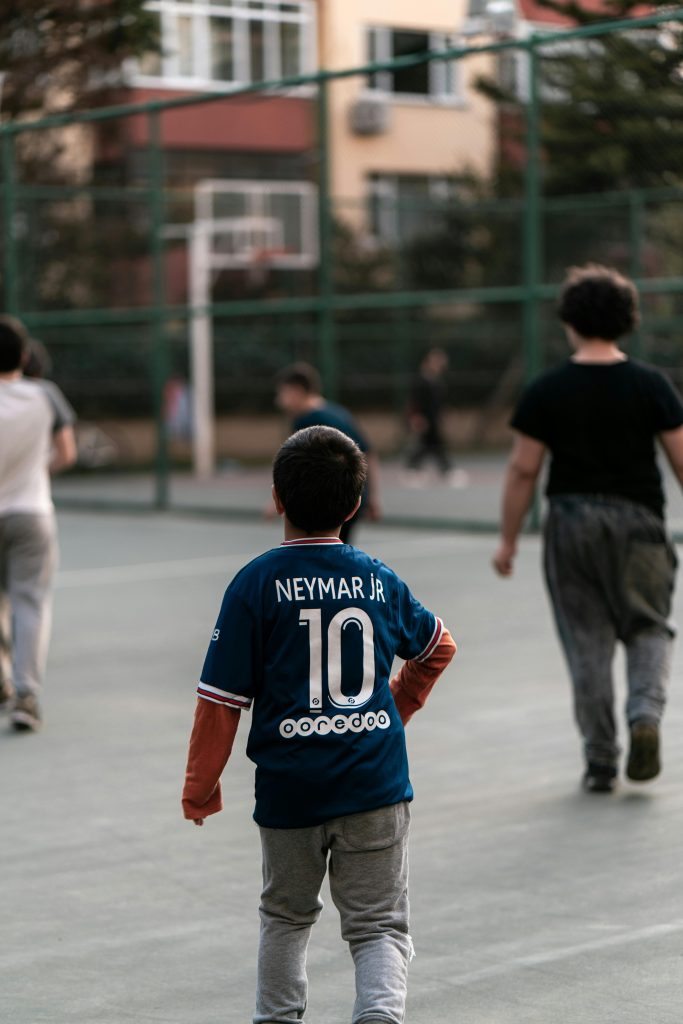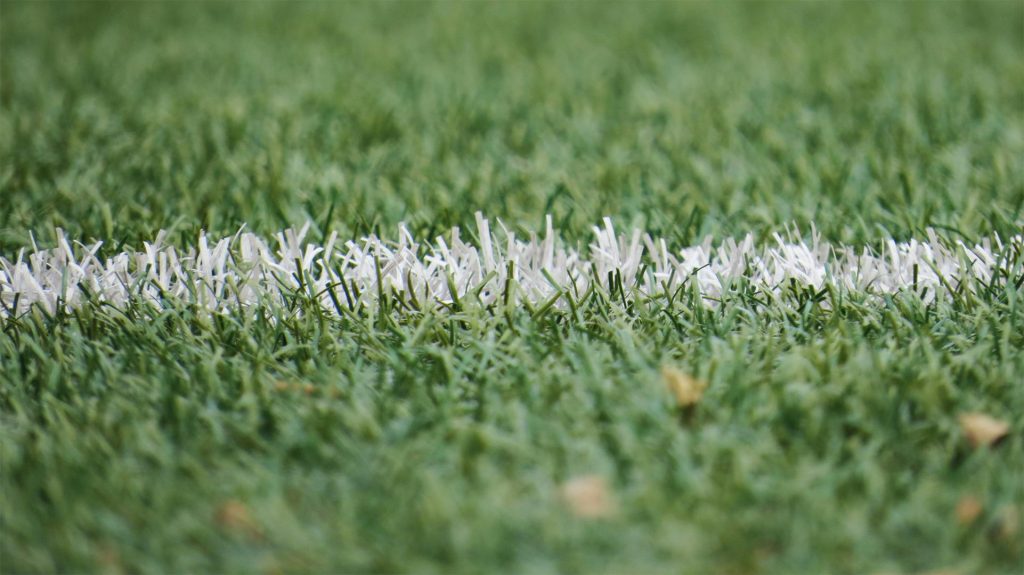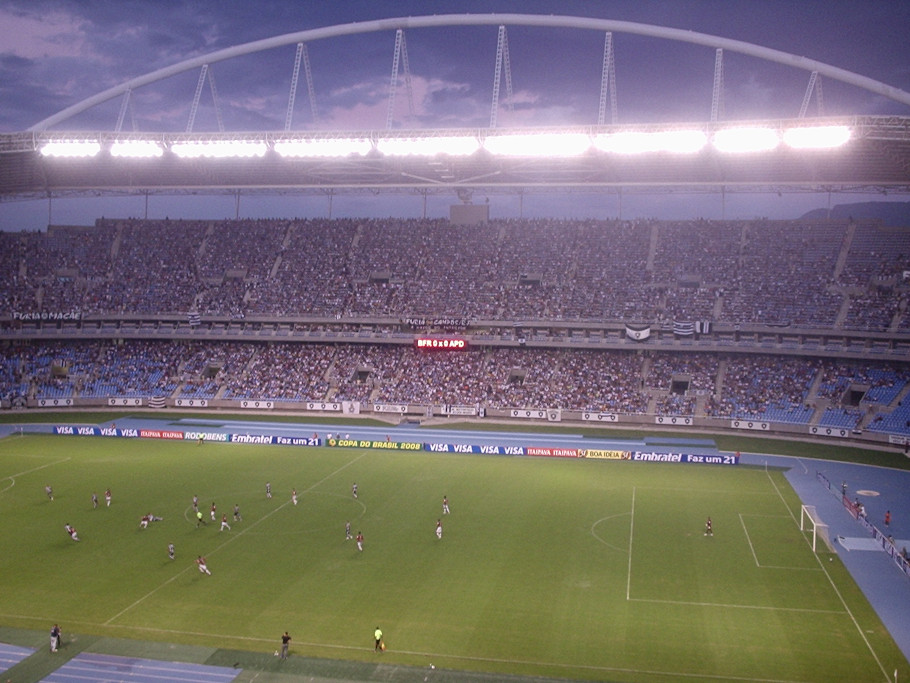Football kits have transformed from simple functional garments into fashion icons and cultural symbols over the decades. This evolution reflects the growing influence of fashion and commerce in the world of sports. In this article, we explore the history, technological advancements, and modern trends in football kits.
1. The History of Football Kits
The earliest football kits were basic and purely functional. In the late 19th and early 20th centuries, teams typically wore heavy, long-sleeve jerseys made of wool or cotton, with no branding or logos. Colors were often limited to stripes or solid patterns to differentiate teams.
1910-1950: During this period, football kits became more practical, often made from lighter materials like cotton. In the 1930s, some clubs, such as Arsenal, introduced iconic designs that strengthened their visual identity. However, colors and patterns remained relatively simple.
1950-1970: The rise of synthetic fabrics like nylon changed the sportswear industry. Kits became lighter and more comfortable, crucial for players’ performance. Sponsorship slowly began during this time, with brands like Umbro and Adidas establishing themselves in the football world.
1970-1990: These decades marked the commercial breakthrough of football kits. Sponsorship became widespread, and kits became carriers of both the club’s brand and commercial partners. Iconic sponsor logos, such as JVC on Arsenal’s shirts and Sharp on Manchester United’s, became almost as famous as the clubs themselves.
2. Technological Innovations
Materials and Construction: Modern football kits are usually made from polyester, designed to be lightweight and breathable. Technologies like Nike’s Dri-FIT and Adidas’ Climacool wick away sweat and keep players dry. Ventilation zones, stretch panels, and advanced fits provide optimal performance and comfort.
Eco-friendly Innovations: In recent years, brands like Adidas and Nike have created kits made from recycled materials, such as plastic bottles. These kits combine sustainability with performance, addressing the increasing demand for environmentally friendly products.
Smart Fabrics: Future innovations include smart fabrics with integrated technology, such as sensors that can measure biometric data. This can provide coaches and medical teams with real-time information about players’ physical conditions.
3. From Functional to Fashionable
Cultural Influence: Football kits have become cultural symbols. They are worn by fans worldwide, not only during matches but also as part of everyday fashion. Kit designs often reflect the culture and identity of a club or city.
Retro and Limited Editions: The popularity of retro kits and limited edition releases is a significant trend. Clubs often re-release classic designs to tap into nostalgia and fans’ collector mentality. Brands like Nike and Adidas regularly create limited edition kits for special occasions, enhancing exclusivity and appeal.
Collaborations with Fashion Brands: Collaborations between sports and fashion brands have increased. Examples include Paris Saint-Germain’s partnership with Jordan and Juventus collaborating with streetwear label Palace. These collaborations have led to kits appreciated on both the field and fashion runways.
4. The Future of Football Kits
Personalization and Customization: Fans can now personalize their kits with names, numbers, and even unique designs. This trend will likely evolve further with the rise of on-demand production and 3D printing.
Virtual and Augmented Reality: Virtual and augmented reality can enhance the fan experience with interactive designs that change depending on the environment or through AR apps that provide additional information about the kit and the club.
Digital Twins: Digital twins, virtual replicas of physical kits, could become part of NFTs (non-fungible tokens), allowing fans to collect and trade digital versions of their favorite kits.
Conclusion
Football kits have undergone a remarkable transformation from purely functional sportswear to fashion icons and cultural symbols. This evolution reflects broader changes in how we experience sports, fashion, and technology. As technological innovations continue and fashion trends evolve, football kits will remain integral to both the sports world and everyday fashion.
The football kit of the future will undoubtedly be more advanced and stylish, continuing its role as a symbol of club identity and fan loyalty.
- Neymar’s Return to Santos FC - January 29, 2025
- Manchester United and Manchester City: Challenges in the 2024-2025 Premier League Season - January 5, 2025
- Manchester City: The Downfall of a Modern Football Powerhouse - December 16, 2024



